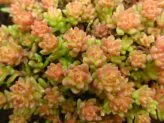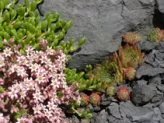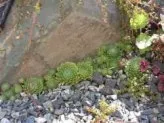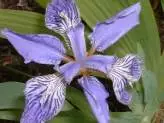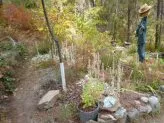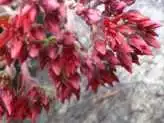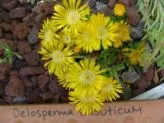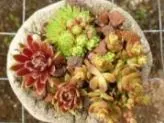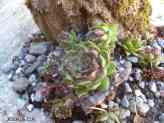Delicate, yet Tough Alpines for Rockeries, Screes and Xeric Gardens
As an Amazon Associate I earn from qualifying purchases.
Other links on this site may lead to other companies that I’m associated with.
Saxifraga are another beautiful rosette forming alpine plant that performs well in gritty well drained soil, makes a colony over time and throws out long bloom stalks with white, pink or even a dark red bloom.
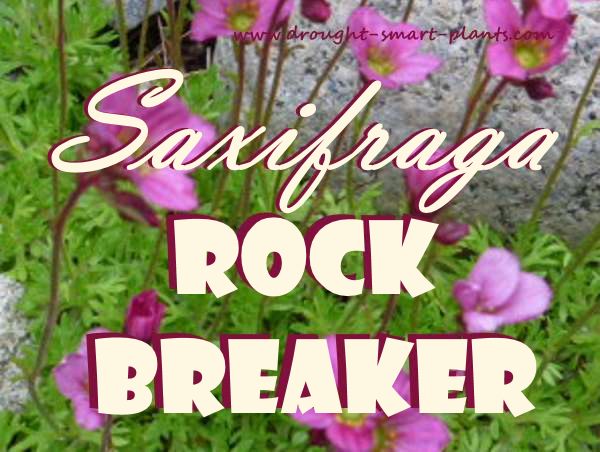
Known by their common name of Saxifrage, these have long been a collectors favorite. They are also called ‘Rock Breaker’ which is the translation of the botanical name – who would have thought that something so fragile seeming could break rocks?
Although technically not a succulent they are used as companion plants to many hardy succulents and other alpines adding a new dimension to trough gardens, crevice gardens and rock gardens or give them the opportunity to strut their stuff in a hypertufa creation.
There are many types of Saxifraga, including the encrusted types with their curious lime deposits on the leaves, flowering with tumbling waterfalls of white blooms and the lovely rose shaped pink blooms of Saxifraga arendsii. Based on a simple description, these are usually clustered into guilds, or groups.
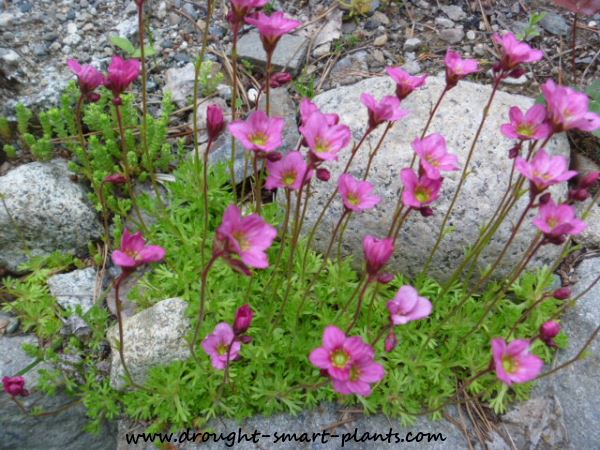
“Mossies” such as Saxifraga arendsii ‘Purple Robe’ are tiny clusters of bright green rosettes; one of the first to emerge in the spring they bring a welcome shaft of brightness, followed by rose like blooms on tall stems in May or June.
These are in many shades of pink, changing as they age.
As a companion plant for other alpine plants in trough gardens, planted with some of the other beautiful rare hardy succulents like the miniscule varieties and species of Sedum and the tiny cobweb Sempervivum Saxifraga are exquisite.
Combine them in rock walls with Lewisia and Jovibarba to colonize the cracks and crannies between the stones.
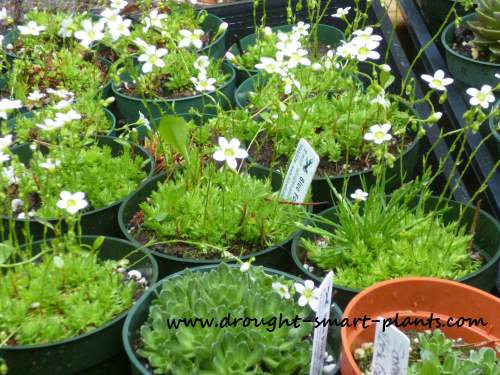
Growing Saxifraga from seed is lots of fun – even though the plants are tiny, you can see their forms take shape and then the flowers start. These are mostly white in the case of the ones I grew, but they range from white to pink or red in many species.
See more about growing seeds to make more plants.

